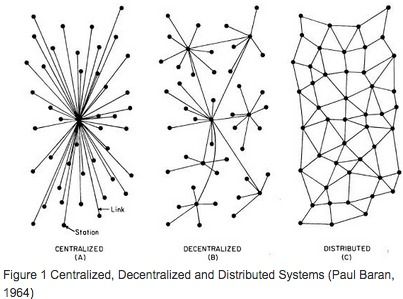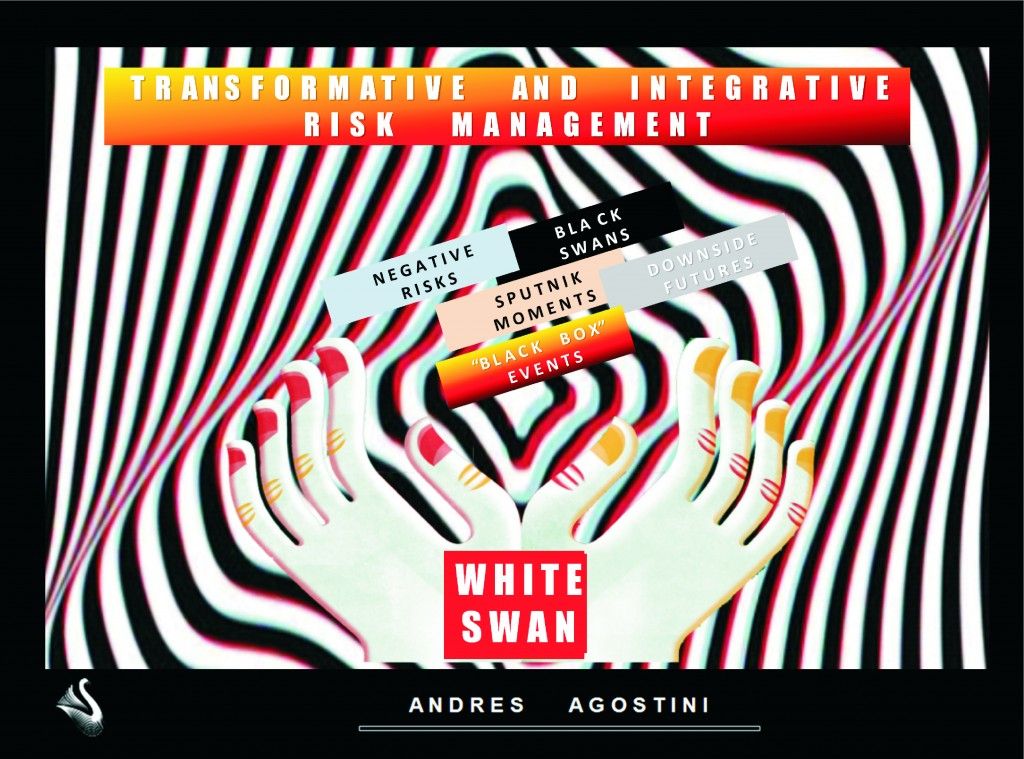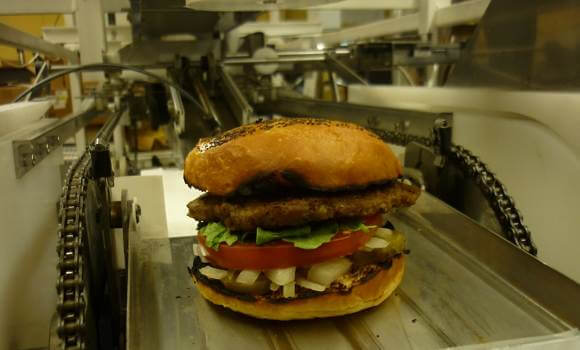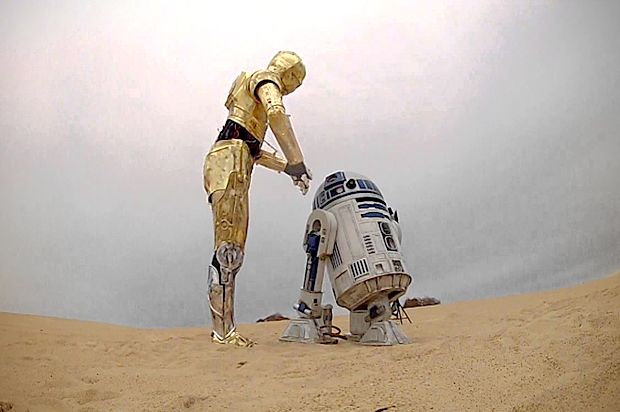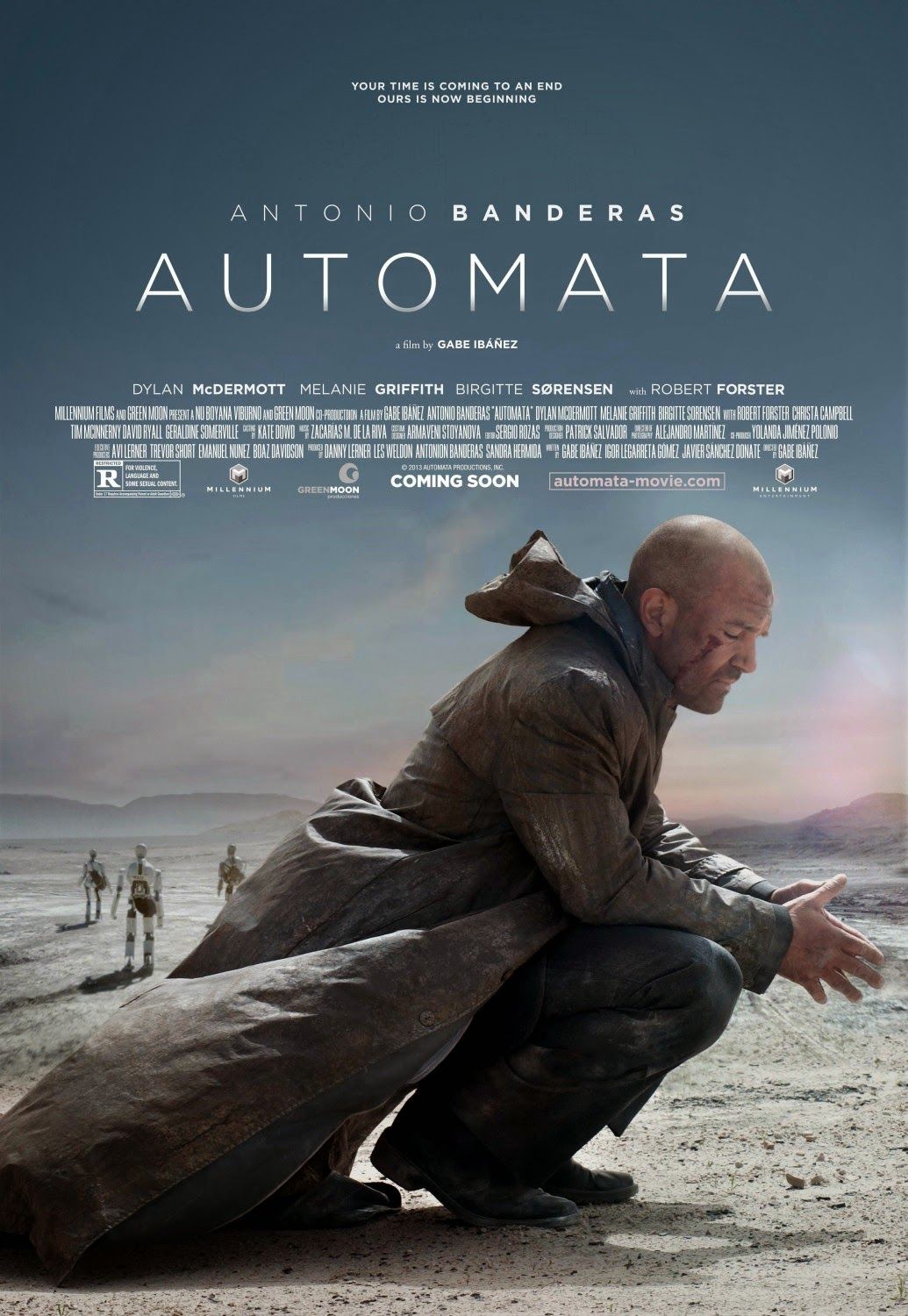Dec 30, 2014
The Blockchain is the New Database, Get Ready to Rewrite Everything
Posted by Rob Chamberlain in categories: architecture, automation, big data, bitcoin, business, complex systems, computing, cryptocurrencies, cyborgs, defense, disruptive technology, economics, education, encryption, engineering, finance, futurism, genetics, geopolitics, governance, government, hacking, hardware, human trajectories, information science, internet, law, military, mobile phones, nanotechnology, neuroscience, open access, open source, philosophy, physics, privacy, robotics/AI, science, scientific freedom, security, singularity, software, strategy, supercomputing, transhumanism, transparency
Quoted: “If you understand the core innovations around the blockchain idea, you’ll realize that the technology concept behind it is similar to that of a database, except that the way you interact with that database is very different.
The blockchain concept represents a paradigm shift in how software engineers will write software applications in the future, and it is one of the key concepts behind the Bitcoin revolution that need to be well understood. In this post, I’d like to explain 5 of these concepts, and how they interrelate to one another in the context of this new computing paradigm that is unravelling in front of us. They are: the blockchain, decentralized consensus, trusted computing, smart contracts and proof of work / stake. This computing paradigm is important, because it is a catalyst for the creation of decentralized applications, a next-step evolution from distributed computing architectural constructs.
Read the article here > http://startupmanagement.org/2014/12/27/the-blockchain-is-th…verything/
